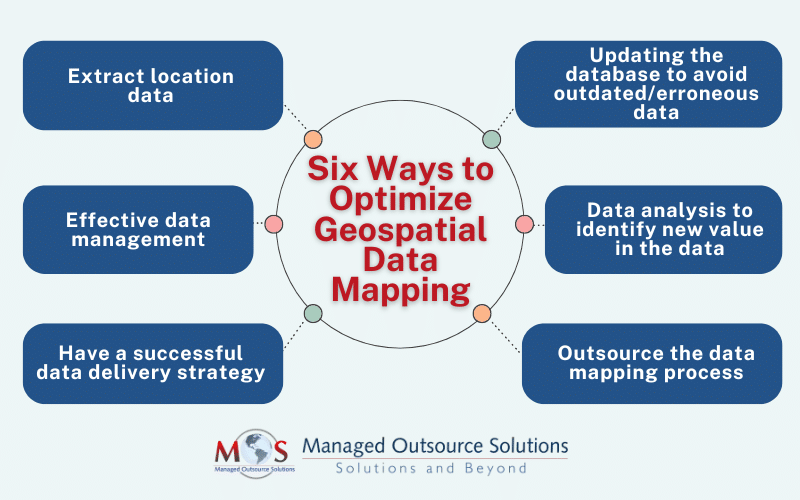Modern organizations amass large volumes of various types of data on a continuous basis and often rely on outsourced solutions-from data entry to data processing and conversion–to manage it. To put data to good use, it is important to make sense of it and that is where data mapping comes in. Data mapping standardizes data across your organization, allowing you to analyze and understand it.
What Is Data Mapping and Why Does It Matter?
Mapping data provides a clear and comprehensive understanding of the data lifecycle within an organization. It involves monitoring every stage of data handling, from the moment information is collected on your website through its storage, usage, and deletion when it is no longer useful. Data mapping specifies how each piece of information relates (maps) to another.
Suppose you want to track your customers’ journey to find out where they come from and what actions they take before they make a purchase. To get this information, you collect data from various sources such as Facebook, YouTube, your website, store purchases, and apps. The next step is data analysis. For that you need to combine and transform the information before analyzing it using a data analysis tool. Performing data mapping ensures that you have accurate and consistent data for analytics.
Data mapping matters because it increases your ability to deliver actionable data insights for complex data management processes like:
- Data migration
- Data integration
- Master data management
To automate business processes, data mapping integrates data from one application to another by syncing data from one format to another
Business analytics benefit from data mapping by:
- Combining data sets from different sources to provide a holistic view and context
- Identifying and matching subject records across all data sources
- Creating a 360-degree view of each individual data subject
Understanding data at a granular level through data mapping enables deeper insights that can improve organizational decision-making and provide a competitive edge.
Google Maps uses data to let users know whether parking is easy or limited at their particular location. Uber has started collecting mapping data for their drivers to inform them of traffic patterns, and accurate pick-up and drop-off locations. Data mapping is helpful in disaster zones to ensure aid and to deploy relief workers effectively to the right areas.
Geospatial technologies include the GPS and other global navigation satellite systems, remote sensing, location-based services, and geographic information systems among others. In this industry, there is immense growth in demand for advanced analytics tools including Big Data. While the market for precise mapping data solutions is increasing, the technology needed to process the increasing data sets is also getting more complex.
Strategies to Extract Value from Data Mapping
Here are six ways to optimize geospatial data mapping:
- Extract data: The first step is to extract location data from the organization’s records through processes like automated feature or character recognition. Physical assets such as buildings, land or infrastructure which are usually captured from imagery through 2D or 3D scans and non-spatial information including finance, customer or logistical records that are coded against existing geospatial data sets are the major sources of data. Geospatial experts constantly expand their database to ensure that the data is up to date.
- Update your database: Inaccurate or outdated data can have a negative impact on the value of data. Refreshing data constantly is time consuming and expensive. There are good refresh programs that include elements of automated change detection and management that help in updating data cycle.
- Effective data management: Managing data involves processes like storing the data effectively, integrating the data sets with other applications, and migrating data on to a new system. Organizations will have to consider whether the data is better stored in a hosted system or whether they should go for on-premise storage.
- Data analysis: Data analysis helps in finding new value in data that was previously ignored or overlooked. For instance, the Bank of America is analyzing its mapping data to save money using location as a basis to make informed decisions on where investments should be prioritized.
- Proper delivery: Value can be realized only from having a successful delivery strategy that defines how the organization intends to distribute, publish and share their data. It is important to ensure that the data is delivered in a way that can be used and understood by all stakeholders.
- Outsource: To maximize the value of available data, consulting a third-party provider would be ideal. This ensures data consistency and a seamless working relationship.
Given the high volume and variety of data involved, many organizations are leveraging business process outsourcing services to prepare data for mapping. Experts can help you ensure the completeness, accuracy, consistency, and timeliness of the data in each source. By addressing any data quality issues, and formatting the information, they will ensure it is ready for mapping, improving the efficiency and accuracy of the exercise.
Optimize your data workflows with our business process outsourcing services!





